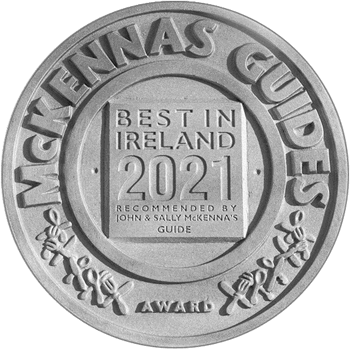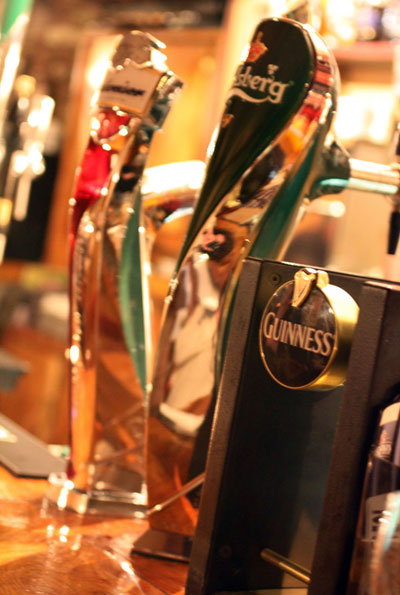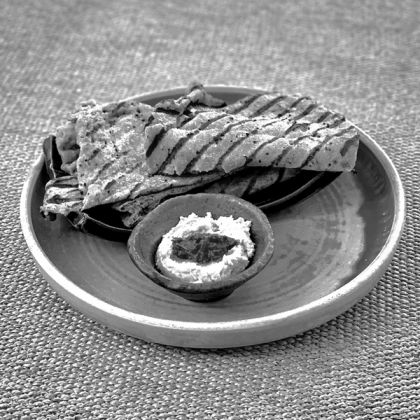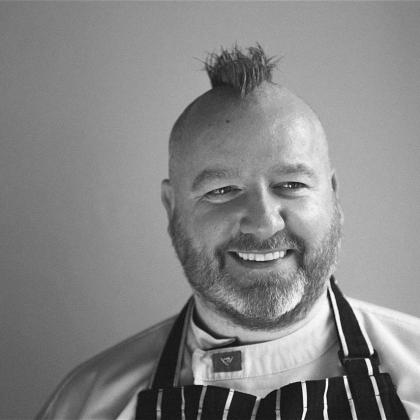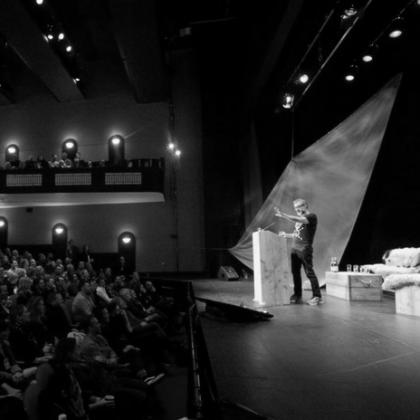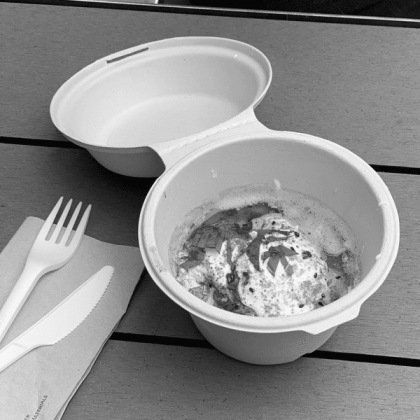Irish beer is ancient.
You can trace it back no fewer than 5,000 years, back into the earliest days of Irish agriculture, when the magical trilogy of fertile soil, soft rain and gentle, cool breezes made for a climate that could produce superb barley.
“From the earliest times, ale (coirm) was the common intoxicant”, says the historian A.T. Lucas, and brewing was taking place throughout the Bronze and early Iron Ages in Ireland. Legend has it that Ireland’s patron saint, St Patrick, even had his own brewer, a priest named Mescan, and Irish monasteries dominated the manufacture and supply of ale for centuries, which is why there is the ruin of an abbey within the grounds of the Smithwick brewery, in Kilkenny city.
Monks, of course, were expert herbalists, so ale was flavoured using herbs, particularly gentian, as hops were difficult to grow. Rather delightfully, the monks would drink their beer during Lenten fasting, and gave it the name “liquid bread”.
Irish beer appears to have always been reddish in colour, and by the seventeenth century it was being produced in small, local cottage breweries by women who were known as “alewives”, and drunk in alehouses, a room set aside in a private house for drinking ale.
Come the 18th century, and beer making was becoming commercialised. In 1756 Arthur Guinness, the son of Richard Guinness who had brewed beer for the rector of Celbridge, bought a small brewery at Leixlip, in County Kildare.
Just three years later, Arthur took a 9,000 year lease on a disused brewery at St. James’s gate, where the waters, from the Wicklow Mountains via the rivers Dodder and Poddle, were particularly celebrated for brewing. Arthur got the water for his brewing for free, and was later outraged when forced to pay £10 per year for his supply.
Guinness also began to make porter, and and by 1799 had decided to stop making ale in favour of porter, a dark, almost black beer characterised by a highly roasted flavour thanks to kilning malt and raw barleys to to a state resembling burnt toast.
Guinness was only one of very many Irish breweries: some suggest there were a hundred or more local breweries throughout the country. But one little detail is emblematic of what would become of Irish brewing: Arthur Guinness bought his first brewery using a bequest of £100. When he died, in 1803, Mr Guinness was worth £10,000.
The colossus that Guinness was already becoming would mean it would dominate Irish brewing, and leave few competitors. A century after Arthur’s death, and there were fewer than thirty breweries in Ireland, whilst Guinness had become the biggest brewery in Europe. Less than twenty years later, it was the biggest brewery in the world.
It was around this time that Ireland’s great gift to the world of brewing, the style of beer known as Irish dry stout, was developed. To avoid taxes, brewers began using unmalted barley in order to save on duty, as malted barley was taxed.
The roasted barley gave the beer that dry and bitter taste which remains the hallmark of Irish stout to this day. The dryness arouses the appetite, meaning that stout is uniquely satisfying without being satiating: the first glass almost calls for the second.
The Guinness brewery prospered, overtaking Beamish & Crawford who had been for a time the biggest brewery in the UK. Dublin brewers began to use the canal system to transport their beers out of the city to the country, strengthening their position, and allowing them to buy up smaller breweries.
Economic stagnation following independence meant other small breweries folded, and famous names were lost – Murphy’s of Clonmel; Egan’s of Tullamore – and in Dublin itself only two breweries remained by the outbreak of World War Two: Guinness, and The Mountjoy Brewery.
Until the Irish craft beer movement began in the mid-1990’s, the history of Irish brewing was one of economic consolidation. Guinness and other global brewers bought up and bought out the remaining Irish breweries, and the diversity of ownership, and the diversity of styles of Irish beer, declined.
But diversity never dies, and in the 1980’s the kindling of Irish craft beers began, when the Hilden Brewery in Lisburn in Northern Ireland opened, in 1981and when two cousins, Liam LaHart and Oliver Hughes, began two unsuccessful attempts at craft brewing, opening Harty’s in Blessington in County Wicklow, and Dempsey’s of Inchicore in Dublin city. They may not have succeeded as independent businesses just then, but they succeeded in a truly significant way, by firing a new kiln for Irish craft brewers.
